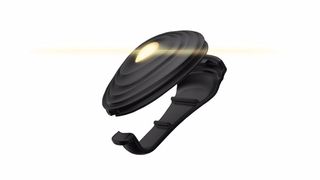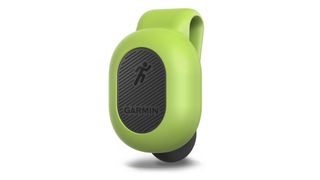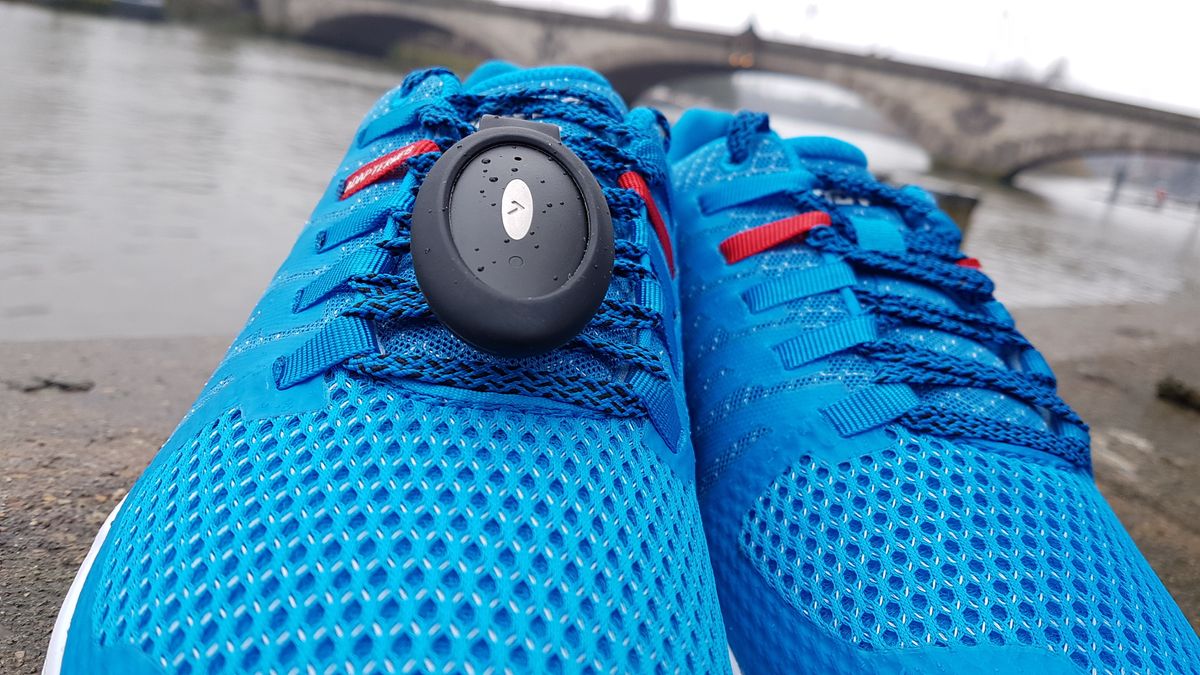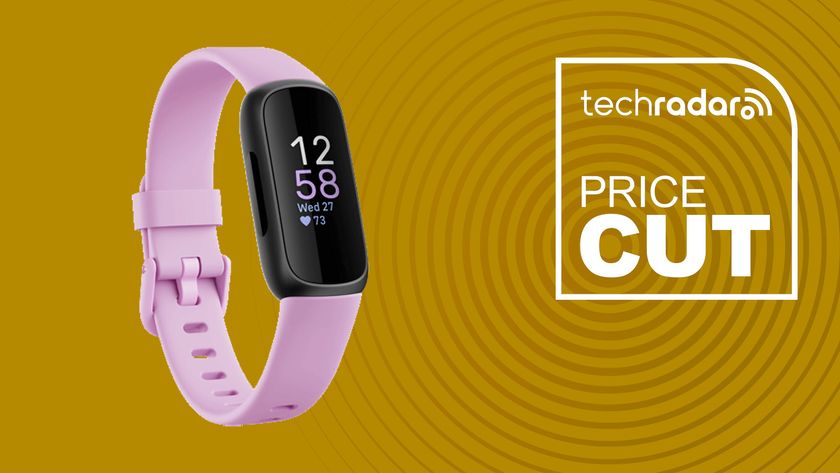Why you can trust TechRadar
Verdict
The Lumo Run is an excellent training tool and you don’t have to be marathon mad to benefit from the insights it delivers.
Whether you’re just starting out running or you’ve gone ultra, this wallet-friendly wearable takes some quite complicated coaching advice and makes it easy to understand and simple to apply. It would be a welcome addition to any runner’s kit.
Who's this for?
If you’re a casual runner logging miles for general fitness, the Lumo is probably more tracker than you need.
If, on the other hand, you’re a serious miler chasing personal bests or training more seriously for a half, full marathon or ultra then there are real benefits the Lumo Run can offer that most watches and apps don’t, and for a low price.

Should you buy it?
If you're serious about improving your running form then absolutely. The Lumo Run is packed full of genuinely useful features, sensors and advice.
For those just starting out it's probably surplus to requirements, and the lack of a smartwatch app, Android support and GPS is a shame, but otherwise this is a good buy.
There are other trackers that are worth considering, such as the following options:
Oakley Radar Pace Prizm

A voice-activated coaching system in the shape of a pair of classic Oakley sunglasses with detachable in-ear headphones, Radar Pace provides real time feedback on your running metrics including distance, pace, climb, average pace, calories and cadence.
But if you want to unlock extra metrics such as heart rate, you have to bring your own third-party Bluetooth or ANT+ sensors. Lack of optical heart rate feels like a missed opportunity, but the voice controls are about as responsive as we’ve tested.
Stryd

A little more than just a form-fixing tracker, Stryd’s shoe-worn pod tracks a whole range of metrics to help improve your running.
The impressive array of stats include power, form, leg spring, stiffness, ground time, vertical oscillation, cadence, pace, distance and a run stress score.
It converts all of this data into one single number to quantify your performance and progress and unlike Lumo it’ll sync with a range of watches including Suunto, Garmin, Apple Watch and lots of training platforms, such as TrainingPeaks and Zwift, but sadly no Strava yet.
Garmin Running Dynamics Pod

Smaller and lighter than the Lumo Run, the Garmin Running Dynamics Pod follows the waistband clip design that Lumo launched with first. It tracks largely the same running dynamics though, including: cadence, stride length, ground contact time and balance, vertical oscillation and vertical ratio.
There’s no real time coaching or videos, but it does play nice with the Garmin Forerunner 935, Garmin Forerunner 735XT and Garmin Fenix 5, as well as the Garmin Quatix 5 and Descent watches, putting your stats where you can see them on your wrist.
First reviewed: November 2017














